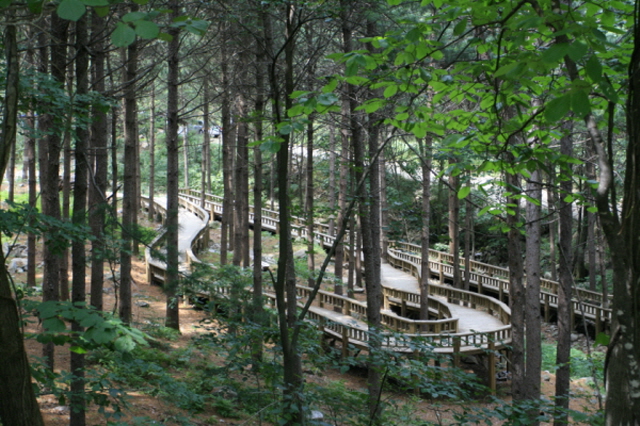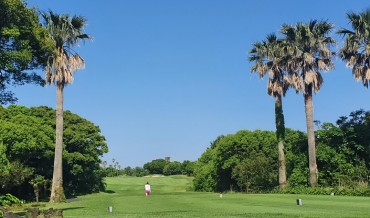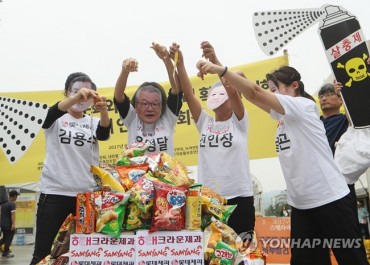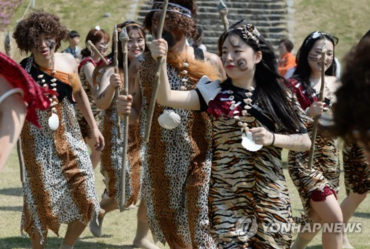
When temperatures go beyond 41 degrees, the heat stress level is categorized as “extreme.” (image: Yonhap)
SEOUL, Sept. 14 (Korea Bizwire) — In August this year, the heat stress index was found to be at its peak in almost all areas of Suwon, Gyeonggi Province as the heat wave was at its peak.
The National Institute of Environmental Research and Jeju National University analyzed the weather conditions in nine areas in Suwon for two separate days, one day in July when a heat watch was issued, and the other in August when a heat warning was announced.
The researchers measured the heat stress index on various soil types such as forest areas, rice paddies, waterside, grass lawn parks, residential areas, commercial areas, and parking lots.
The heat stress index, developed in Germany in 1999, measures the amount of solar energy absorbed by the physical body vis-à-vis the amount of energy that is released to our surroundings.
This is to calculate the stress levels that humans experience resulting from the heat.
The heat stress level is considered “weak” at temperatures between 23 to 29 degrees Celsius, “mid-level” for temperatures between 29 and 35 degrees, and “strong” for temperatures between 35 and 41 degrees.
When temperatures go beyond 41 degrees, the heat stress level is categorized as “extreme.”

The data for August showed that, aside from forest areas, all other areas showed “extreme” levels of heat stress. (image: Korea Forest Service)
According to the analysis, “green infrastructure” such as park lawns displayed lesser heat stress levels than “grey infrastructure” such as residential areas.
But the data for August showed that, aside from forest areas, all other areas showed “extreme” levels of heat stress.
Forest areas had “mid-level” heat stress levels during the daytime in both July and August when the heat watch and heat warning, respectively, were issued.
When heat stress levels were “extreme” in all other areas, the forestry districts were two levels lower than other places.
Researchers explained that forests can decrease the level of solar radiation energy during the day by 83 percent to 92.7 percent, thus lowering the heat stress level by 1.5 to 2.5 levels.
M. H. Lee (mhlee@koreabizwire.com)






